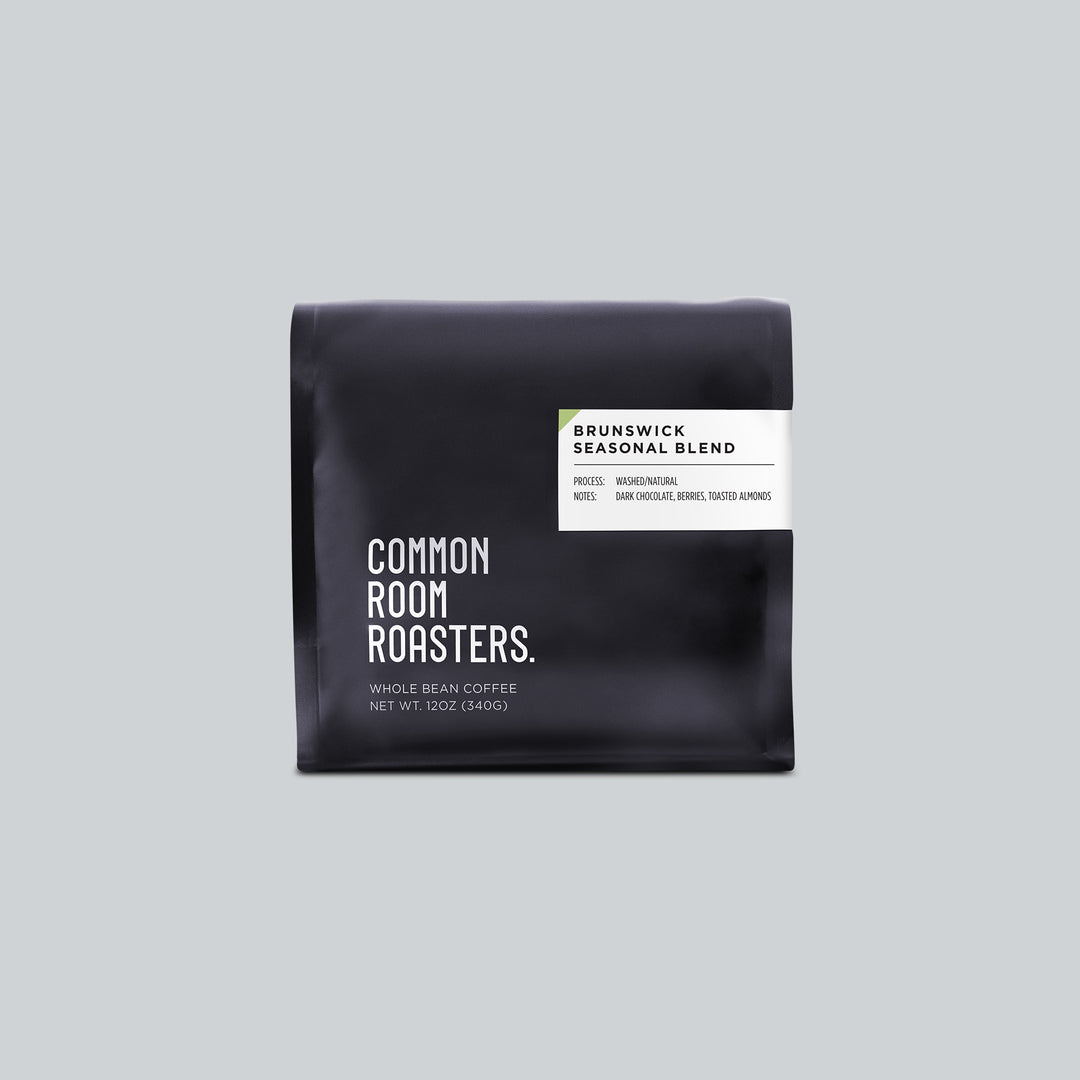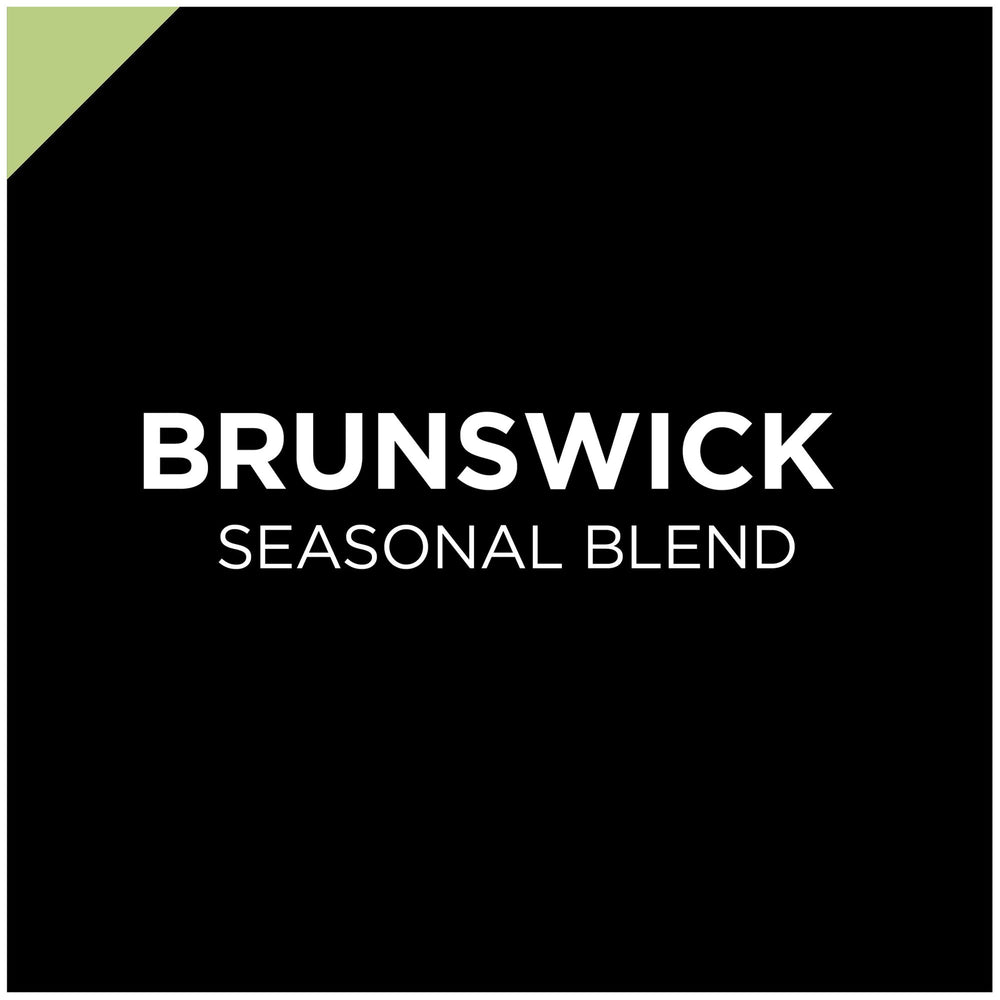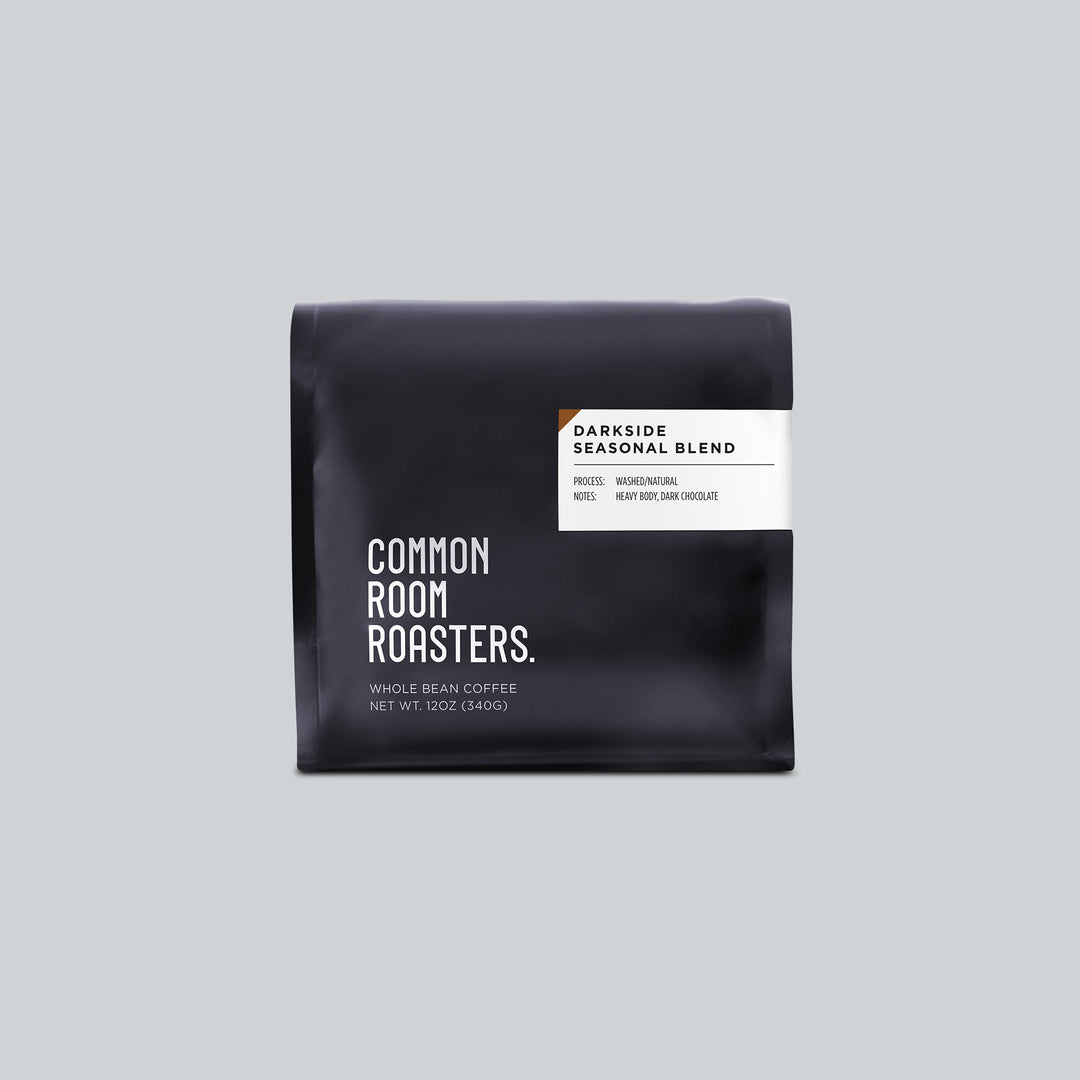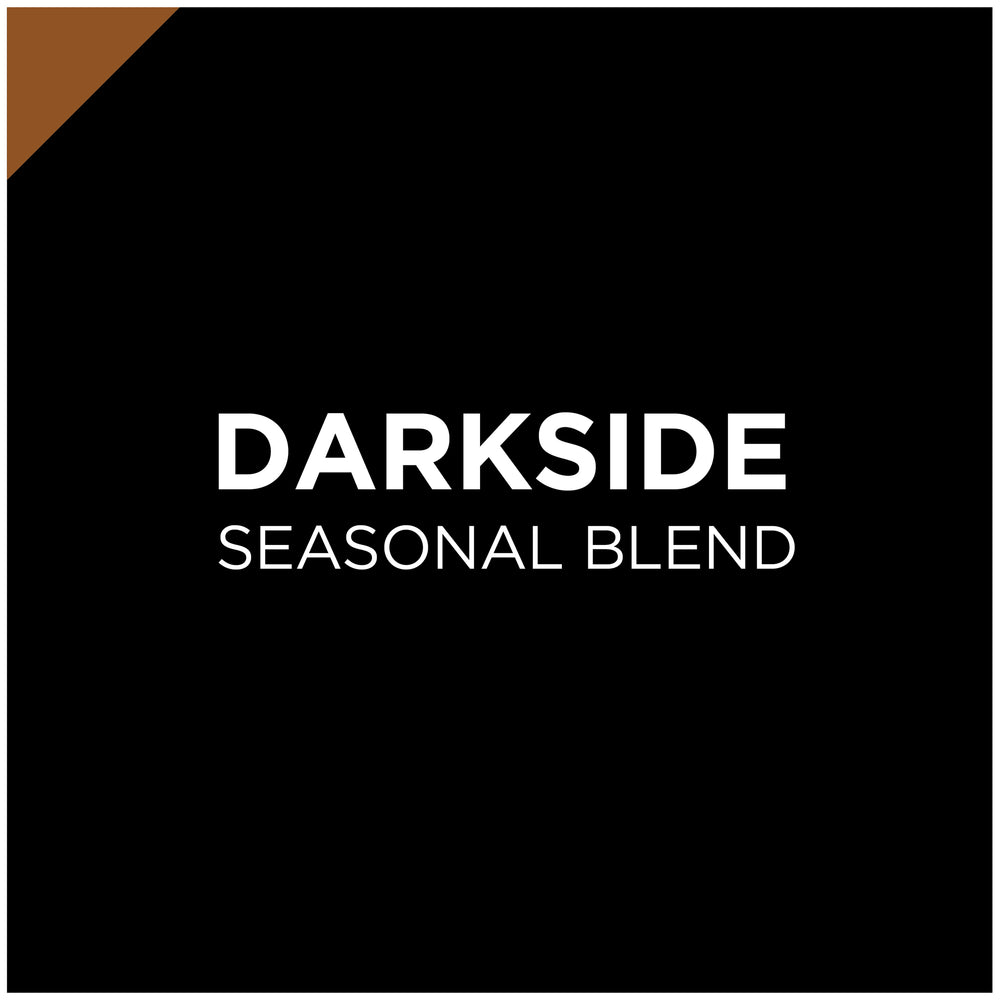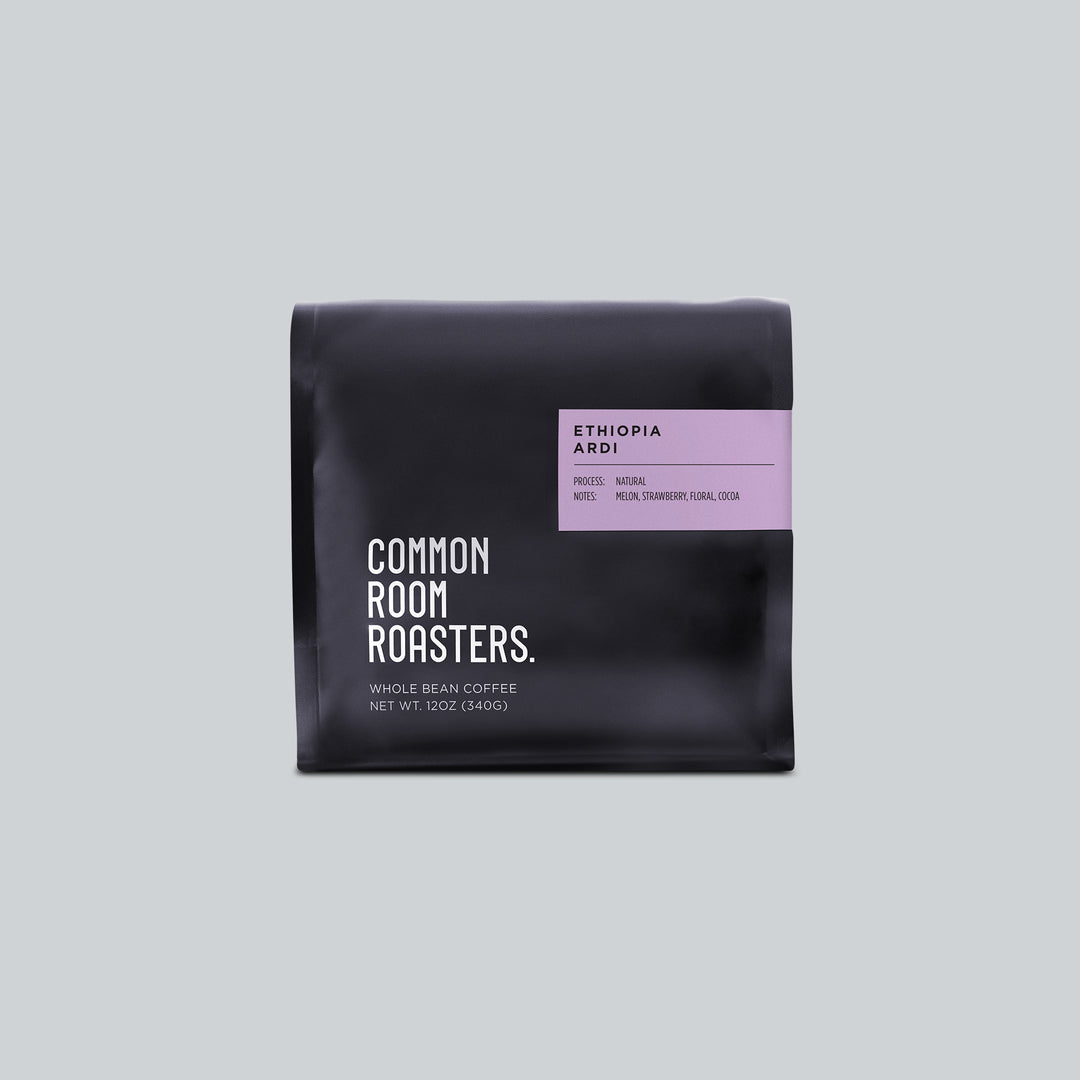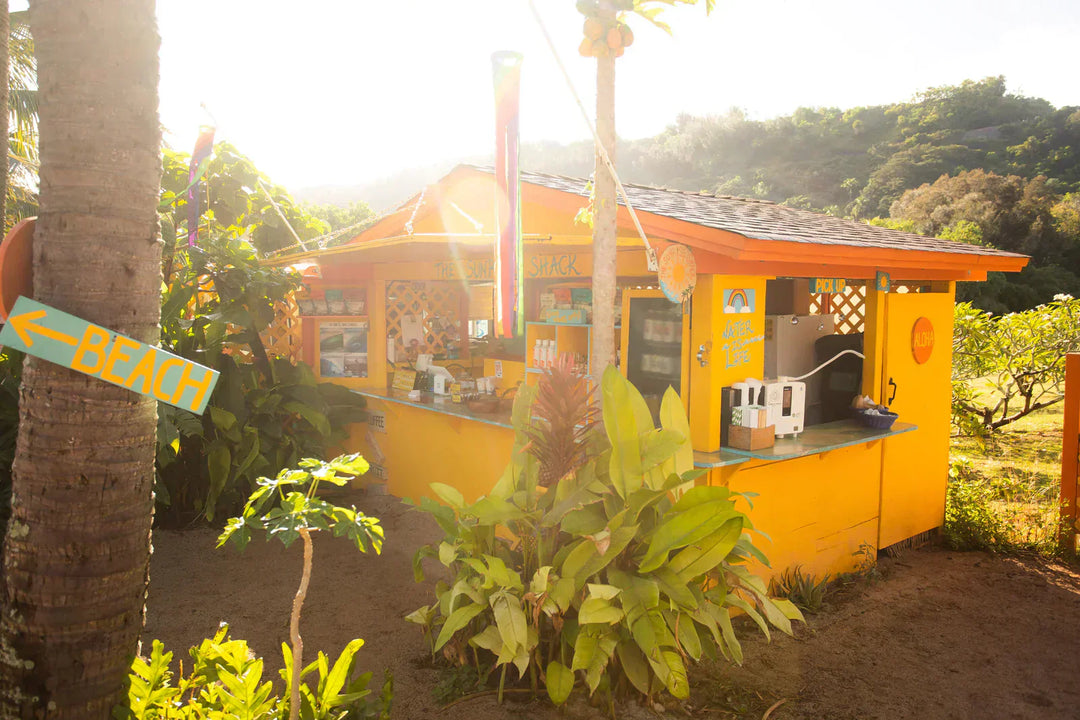HOW TO GRIND COFFEE THE RIGHT WAY
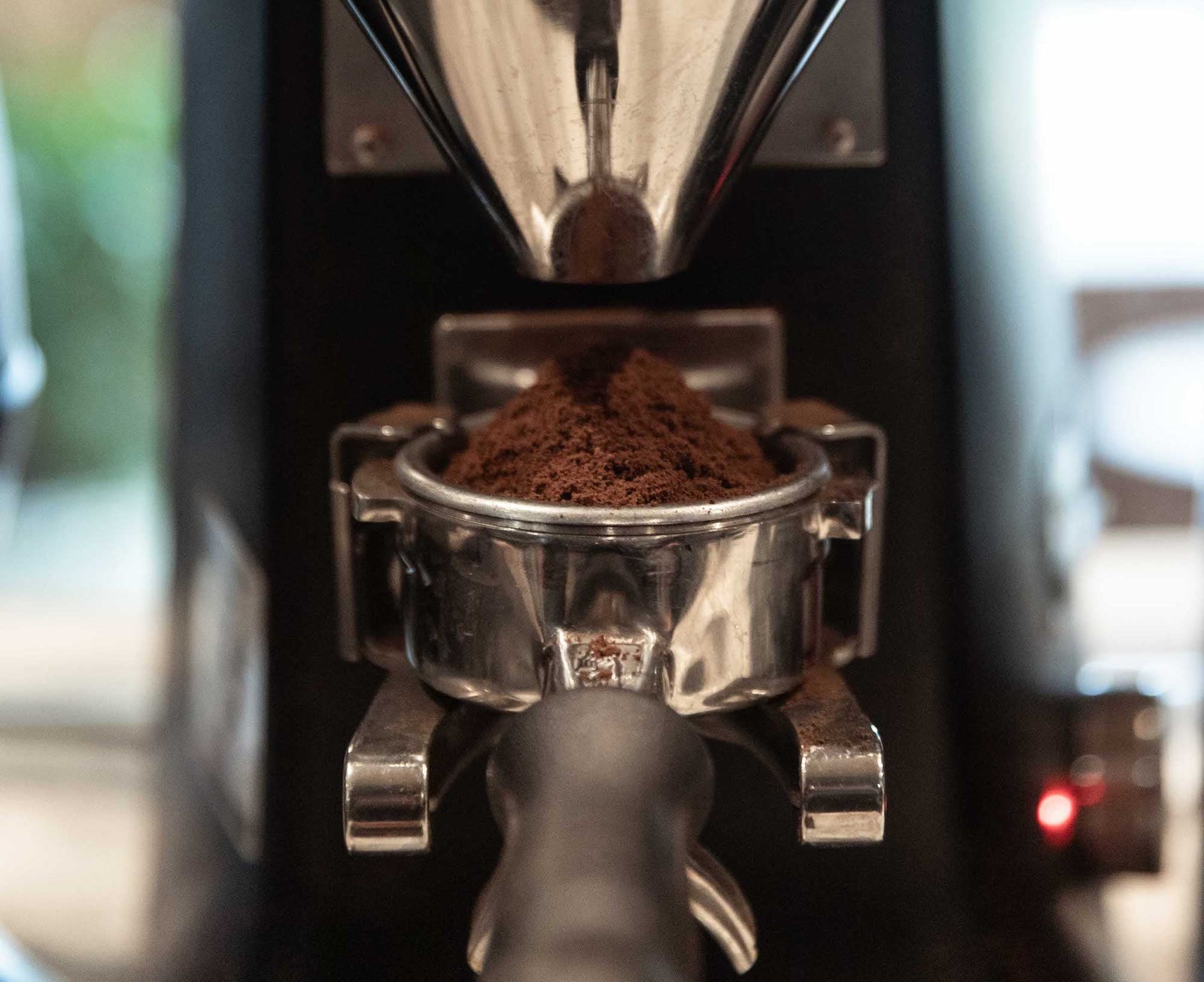
Content
If you were to ask your local barista, any barista, they’d tell you that grinding your own coffee makes all the difference. And it seems they’re right!
It can be easy to think that what you need to make better coffee is a more expensive machine, or more expensive coffee. The solution might just be grinding your own coffee fresh before your brew, which greatly enhances the flavor and aromas of your coffee.
And for making coffee at home, grinding coffee has become ever more convenient. Nowadays, there are all sorts of home grinders - even manual grinders, which require no electricity and are much cheaper. At Common Room Roasters, we’ll get into the ins and outs behind grinding your own coffee.
What is a coffee grinder?
To first understand how to grind coffee, let’s take a look at grinders.
Grinders grind down coffee beans using burrs. Burrs are two dented discs which rotate in opposite directions; as the beans pass through the opening between them, they are ground. The smaller this opening, the finer the grind and vice versa.
There are two ways you get those burrs to rotate: electricity or a good old crank . Automatic grinders are much more expensive, but much more convenient as you’ll have freshly ground coffee within seconds. Manual grinders, though, are relatively inexpensive but will require a little more time and effort. Manual grinders are well suited for making coffee in small households with limited counter space, at the campground, or while traveling.
Why grinding coffee is important
There are two main reasons why grinding your coffee is important:
-
Tastes better . What’s better, fresh or stale? Because that is, in many cases, the difference that grinding your coffee makes. Ground coffee goes stale very fast, and no pre-ground coffee can ever be fresh.
The simple freshness of the coffee beans makes coffee taste much better. Freshly ground coffee, experts agree, is superior to pre-ground coffee.
-
Your coffee lasts longer . On that same note, coffee beans keep fresh for longer than pre-ground coffee ever would. If beans are stored properly (that is away from sunlight, in a coffee canister, and in a cool place) they can keep fresh for up to three months.
You don’t want to buy a fresh bag of Costa Rican premium coffee only to have it taste off after a few days!

How to grind coffee
Step 1
Place the beans in the bean hopper. The bean hopper is a container which has tinted walls to protect coffee beans from the sunlight. Not all grinders have a bean hopper, however, even if most do.
Step 2
Choose the proper grind size. Each brewing method requires a different grind size. All grinders come with a number of settings: lower for finer grind, and higher for coarser grind. Fine grind is good for espresso, for example, but wouldn’t work for a French press. This is the kind of thing you have to learn if you’re going to own a grinder.
If you’re an espresso drinker, then try lower settings for a finer grind. Ethiopian coffee is generally excellent for espresso for its bright, fruit forward flavors; like this Single Origin Ethiopian .

Step 3.
Collect the grounds. Most grinders have a ground bin that they grind directly into. Some are designed to brew directly into a portafilter, which is a better choice if you make a lot of espresso or have an espresso machine as your main brewing method at home.
Best practices
Store coffee properly in a coffee canister.
Both beans and ground coffee must be stored properly to ensure good flavor! A coffee canister is cheap and would be the ideal scenario. It will keep coffee beans fresh for a couple of months, while ground coffee starts to lose freshness after two weeks.
We at Common Room Roasters are very particular about storage because it’s what keeps our coffee fresh, tasting the best it can - so we strongly recommend that you store your coffee properly, too! If you go through your coffee within a couple of weeks, storing your CRR in its bag is a great option as the coffee bags have a valve that will allow the gases from the coffee to be released while not letting oxygen in. Just be sure to press the air out and seal tightly after each use.
Clean your coffee grinder
Almost nobody seems to talk about this. Grinders need to be cleaned often! Small coffee particles fly around and stick to just about anything. You’re going to need a long cleaning brush to get to all the places you can’t see!
But seriously, grinding coffee beans causes oils to be released: these oils stick to the inside of your grinder, too, and begin to go rancid in a matter of days: this affects the aroma and flavor of coffee. Coffee that is roasted darker, or medium-dark like this Darkside Blend tend to release more oils during the grinding process and will release oils as they age, so be sure to clean often and be cautious about storing your coffee in the hopper for extended periods of time.

In other words, having a grinder and not cleaning it routinely can be counterproductive. As with all pieces of coffee brewing equipment, keeping it clean and maintained will deliver the best tasting coffee.
Grind sensibly
That means two things: first, grind right before you’re about to brew your coffee .
Ground coffee, as we mentioned, loses flavor fast. This effect is tripled if it’s just sitting there waiting for you to brew it. So only grind when you’re making coffee! To this same effect, it is also better to not have the bean hopper full, but only use the amount you need at a time. A coffee canister, after all, is better at storing the beans.
And two: grind in small amounts .
That’s grinding for a cup or two, brewing them, then grinding again if you need more coffee. Don’t try to grind all the coffee at once if you can’t actually make it all at once!
This is because grinders can overheat and this burns the coffee grounds, resulting in bad coffee.
Ready to grind?
Grinding coffee: scientifically proved to be good for your coffee. It makes sense to get a grinder: it makes coffee better and they can be very cheap, so there’s no reason for you not to buy it or consider it a luxury item - in the long run, whole bean coffee is much cheaper than pre-ground.
If you’re not grinding your own coffee, you’re missing out on some of the best moments about making coffee at home - the process and aromas. It’s the best way to experience true specialty coffee!







